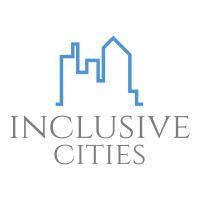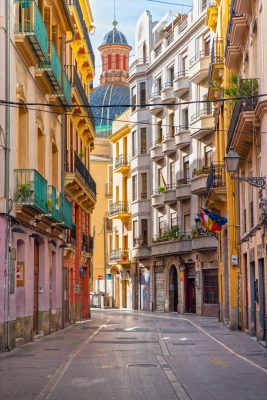For Enrique Santamaría (1994, 2002), the receiving society considers the immigrant as an individual belonging to a specific, differentiated group and who, by belonging to that group, carries a whole series of cultural, social and religious characteristics inseparable from his or her own identity. The non-EU immigrant is defined by his or her belonging to the migrant group (ethnic minority according to Santamaría), never by his or her individuality. This ability to identify themselves individually is denied them, firstly because they have to justify their presence in society, legitimising it through work, and secondly because they belong to a specific group that defines them and obliges them to have particular and previously defined relations with the rest of society. Being different, in the case of immigrants, is a relational construction that is expressed when they arrive in the receiving society, regardless of whether they do not comply with the stereotypes that seem more obvious in the objectification of migrant subjects. It is important to highlight this difference between being a migrant and being different because neither difference nor cultural, social, religious or personal distance has to be an intrinsic characteristic of migration. When we refer to the construction of identity, the receiving society describes a series of traits that are intended to be objectives of the autochthonous identity, but also of the migrant identity. In the same way migrants point out certain traits that participate in the formation of collective identity, that is, of their collective being (regardless of whether or not they coincide with the definition of the native population – and even with that of other migrants belonging to the same ethnic group or nationality), which are (re)edited in the receiving society. According to Pérez-Agote (1994: 317-318) the foundation and maintenance of collective identity has to do with generational passage and with certain social and sociological mechanisms. The social elements refer to clearly visible and detectable social institutions (family, peer groups, educational system, religion and church, associative world, business, intellectuals, media and political parties); the sociological elements refer to a second level of abstraction as they are rather inferable processes than detectable institutions (leadership and elite systems, intergenerational relations and social conflict).
As we have seen, the process of adaptation and identity change in migrants is complex, and in this sense we cannot fail to consider support networks as a unifying and identity- generating element, both individually and as a group. Support networks have the capacity to manage, to a certain extent, migratory cycles, but they also provide group cohesion, that is to say, they enable the re-edition of customs and of those elements that make up the collective identity on a multidimensional level. They are not only important for administrative matters and those related to integration into the new society (understood in the legal sense), but they are also places for the reproduction and production of collective identity, where people talk about what is common, not only about difficulties, but also about cultural, recreational and day-to-day aspects (García, Ramírez and Jariego, 2001). Leisure time with friends and family can serve as an escape valve to feel comfortable, among peers, and in a context in which the dialectic of otherness does not come into play, especially in the early stages of immigration. But they are also moments of affirmation, in which one recovers one’s way of speaking, one’s way of laughing, one’s way of behaving in public; in short, customs that may not have an apparently important social or sociological relevance, but which for individuals become moments of group affirmation, regardless of the relationship with the receiving society (Álvarez-Benavides, 2011, 2013: 161-203; Pérez-Agote, Tejerina and Barañano, 2010).


